
Opinions
08:13, 27-Aug-2018
Opinion: Is Africa's debt to China a problem?
Updated
08:11, 30-Aug-2018
Cheng Cheng and Yang Xi
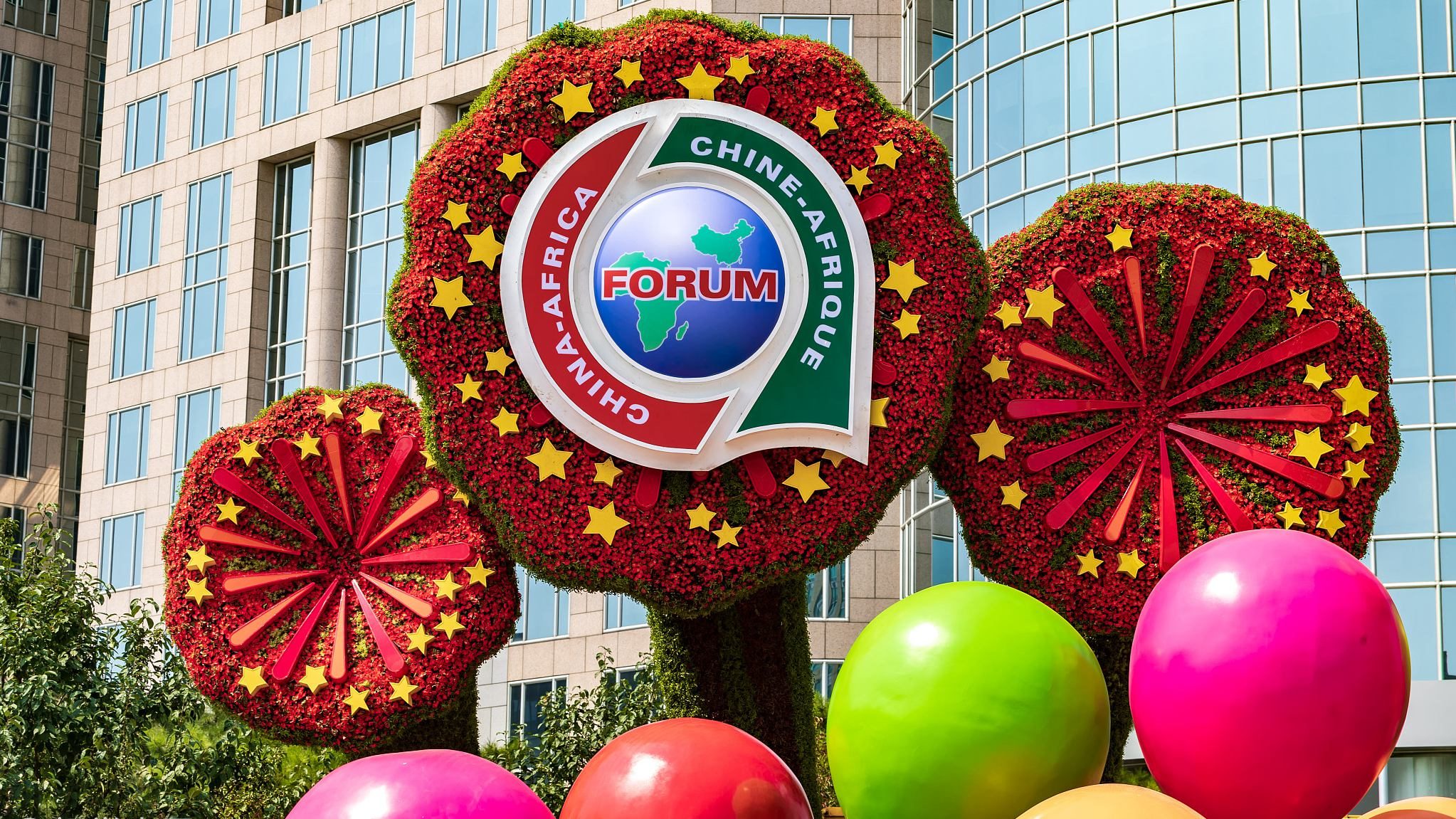
Editor's note: Cheng Cheng is an associate research fellow with the Chongyang Institute for Financial Studies at Renmin University of China. Yang Xi is a junior student at George Washington University, DC, US. The article reflects the authors' opinions and not necessarily the views of CGTN.
Economists commonly agree that infrastructure and the manufacturing are the two most necessary economic drivers for growth in African economies. By contributing to these two sectors, China has provided great financial support.
Since 2011, China has invested an average of 12 billion US dollars annually in African infrastructure and constructed more than 5,000 km worth of both railways and roads since 2000.
Although, most of the international organizations, including the World Bank and International Monetary Fund (IMF), have credited China as the largest contributor to investment and the biggest constructor for Africa, Western media and some government officials have misleadingly distorted China's loans to Africa as so-called "debt traps" or "neocolonialism."
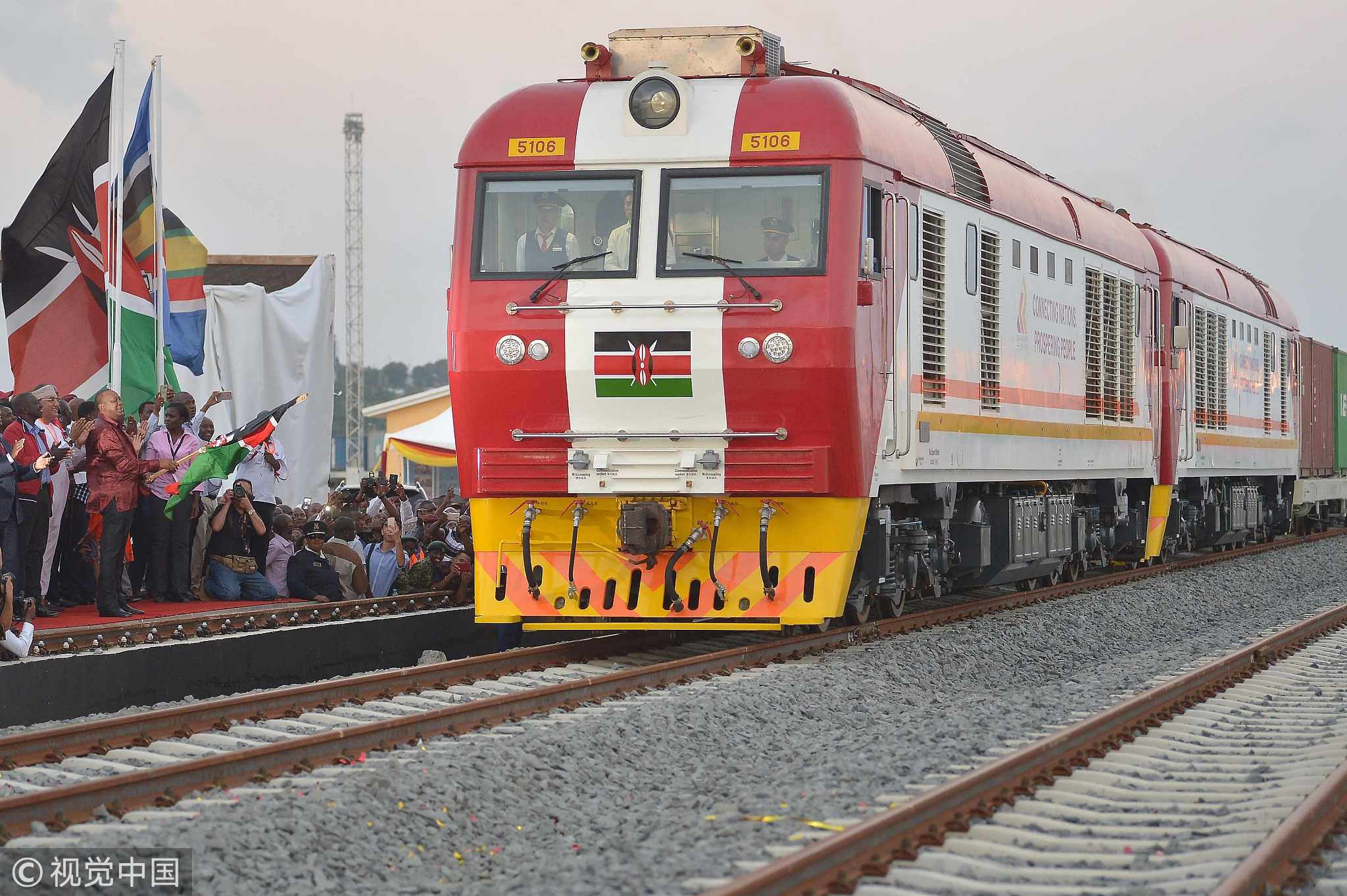
Kenyan President Uhuru Kenyatta flags off a cargo train as it leaves the container terminal at the port of the coastal town of Mombasa, May 30, 2017. /VCG Photo.
Kenyan President Uhuru Kenyatta flags off a cargo train as it leaves the container terminal at the port of the coastal town of Mombasa, May 30, 2017. /VCG Photo.
After studying this specific form of finance for nearly a decade, I feel obliged to share five facts about debt sustainability and the case of Chinese loans to Africa, especially as 53 national leaders from Africa will be coming to Beijing next week for the FOCAC Summit.
1. Yes, the debt ratio of Sub Saharan African (SSA) is growing, but it is still under control.
According to the United Nation Economic and Social Council report (released on April 27, 2018), the average debt to GDP ratio in African countries is 32 percent, and for some oil exporters, the ratio exceeds 40 percent.
Compared to debt ratios in developed and emerging countries, which can be as high as 70 to 80 percent, Africa's debt problems are worth a lot of attention but not enough to panic over.
Besides, Africa's public debt has been a longstanding issue. Although Western donors have made great effort to lower African debt since the 1980s, the accumulated debt ratio is still includes Western loans from the previous decades, including Official Development Assistance (ODA) and loans from private banks. Some economists believe that ODA loans can be linked to the Latin American and African debt crises in the 1980s and 1990s.
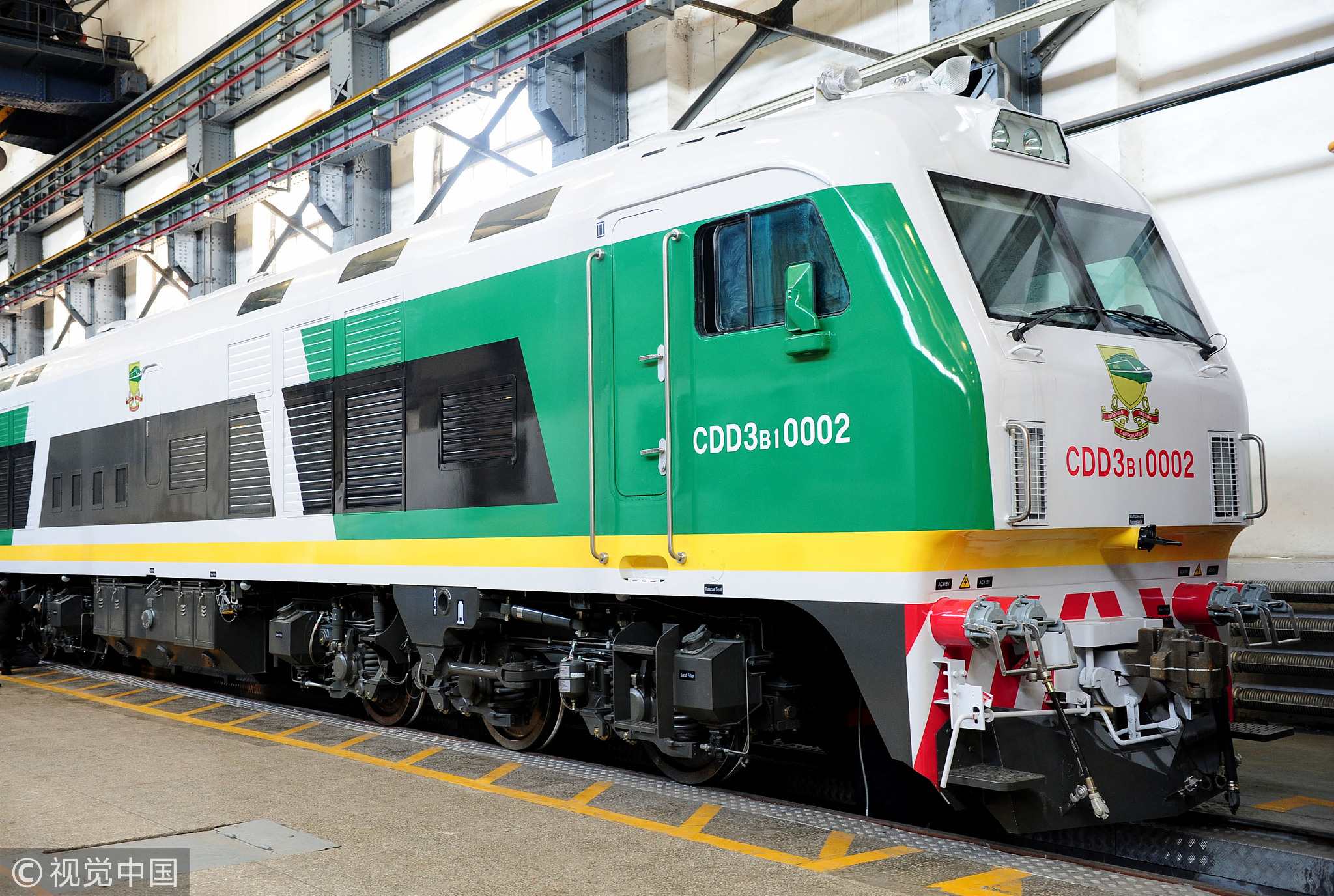
On Jan. 6, 2017, China's first passenger diesel locomotives exported to Nigeria were off the assembly line in Dalian, Liaoning Province. /VCG Photo.
On Jan. 6, 2017, China's first passenger diesel locomotives exported to Nigeria were off the assembly line in Dalian, Liaoning Province. /VCG Photo.
2. The Debt Sustainability Framework of the IMF is prudent but not productive.
The Debt Sustainability Framework of the IMF set a very rigid debt standard for African countries of 25 percent. This particular public debt ratio is prudent financially, but I doubt any low-income country could raise enough funds for public expenditure following the Framework.
The problem is that the purpose for setting these standards should be to ensure sustainable growth not to secure the debts owed by the donors. Dynamic debt sustainability should be applied to calculate a project's feasibility and return rate, not a rigid standard over one economy not caring for the nature of the projects.
Over the decades since the 1950s, Western countries have developed a set of mechanisms, such as the Heavily Indebted Poor Countries and Multilateral Debt Reduction Initiative, to deal with the debt issues in developing countries.
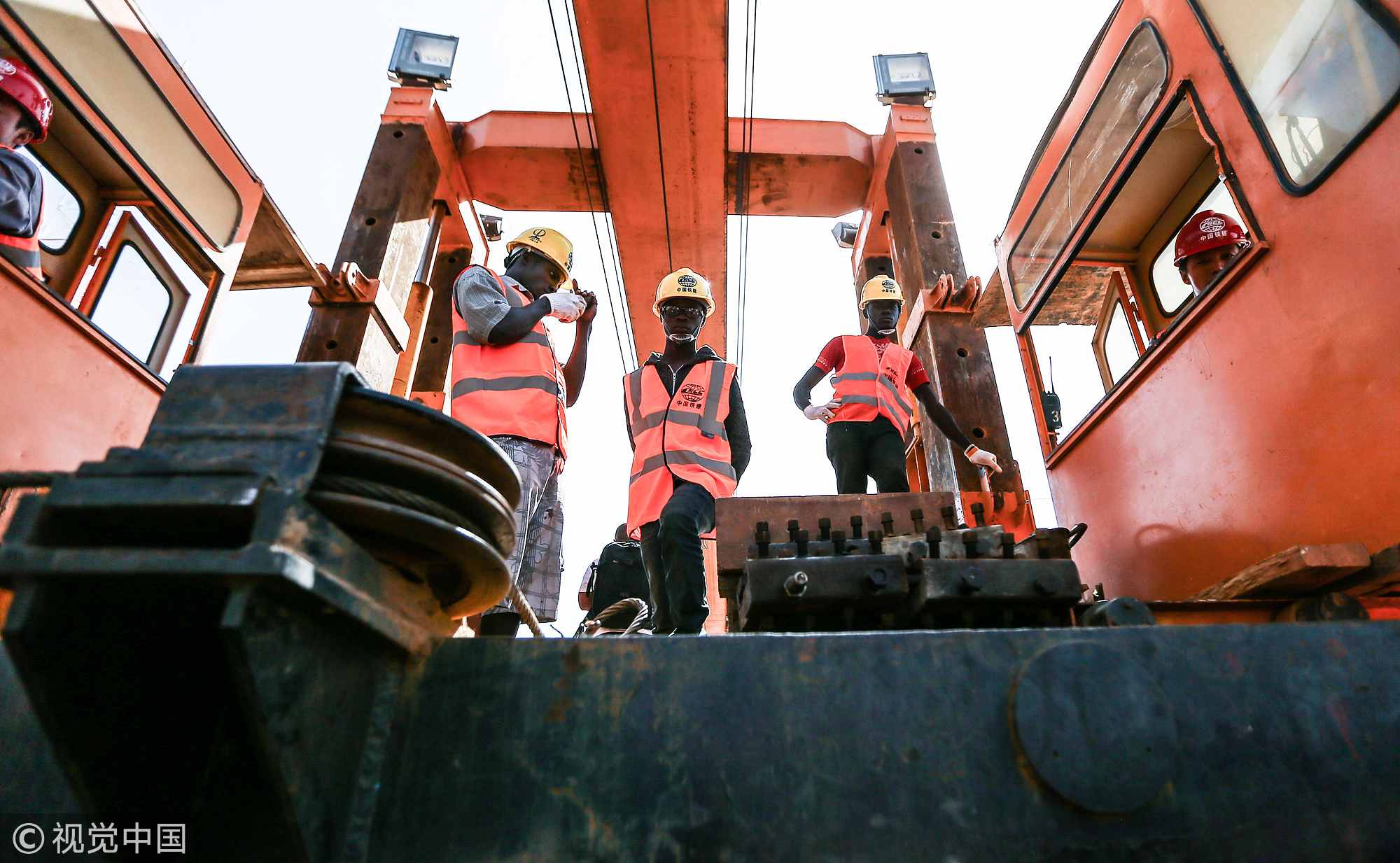
On Dec. 1, 2014, Africa's first Chinese standard modern railway is paved in Nigeria. /VCG Photo.
On Dec. 1, 2014, Africa's first Chinese standard modern railway is paved in Nigeria. /VCG Photo.
Behind them, international organizations like the IMF, OECD Development Assistance Committee and informal institutions like the Paris Club make core decisions, with no say from the developing world at all.
Through these mechanisms, Western countries could control the debt levels in African countries and even dictate their development choices. The regime then got the “Donors Cartel” nickname because of its grasp over the power to deal with debt in the Global South.
Basically, without the "signing-off" on the debt cap, no African country could ever borrow one dollar from any Western donor, even their private banks.
3. China has done everything it can to increase the debt tolerance and repayment capability of African countries.
Until the end of 2010, China issued over 23.8 billion yuan worth of debt reliefs for the 44 most under-developed countries. Chinese President Xi Jinping announced during the 2015 UN Assembly that China will also write off the intergovernmental interest-free loans due by the end of 2015 for LDCs, landlocked developing nations and small island developing countries, including African countries.
From its domestic experience, China believes that debt solvency hangs over the growth of the economy, especially over the increase of exportation.

VCG Photo
VCG Photo
China-Africa cooperation, which mostly involves infrastructure and industrial collaboration, offers Africa unprecedented development opportunities to join the international production chain as a value-added segment, as we have witnessed in Ethiopia and Rwanda.
Also, China-Africa cooperation supports the transportation and energy infrastructure coverage in this region. The upgrading trend is likely to continue.
4. Chinese loans are concessional in nature.
The majority of the loans facilitated by the Chinese government are highly concessional with a fixed interest rate below three percent, a maturity period as long as 15 to 20 years, and a five to eight years grace period.
Considering most of the African borrowers do not enjoy a high international credit status, which means their borrowing rate is very high in the global capital market, the terms of Chinese loans are highly concessional. Not only the quality but also the quantity of Chinese loans matter.
After the Forum on China-Africa Cooperation (FOCAC) in 2010, the credit limit of official Chinese loans surged. It exceeded 10 billion US dollars in 2010 and reached 17 billion US dollars in 2013, then slipped a little as the economy slowed down in Africa.
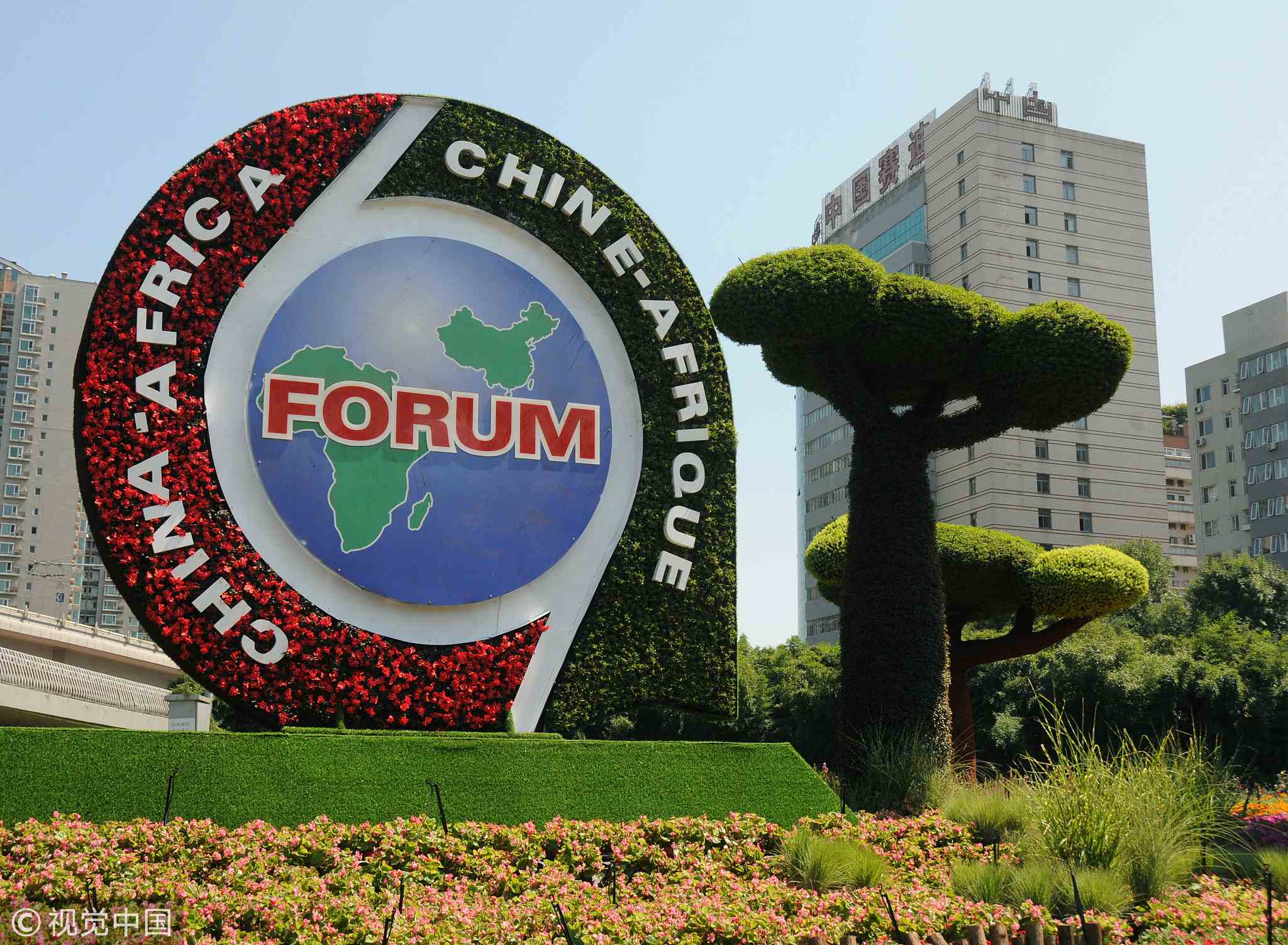
VCG Photo
VCG Photo
5. If debt crises fester in Africa, the US and not China, should take the blame.
Most loans to Africa, from China or not, are dollar-denominated. Since late 2017, the US Federal Reserve Board's rate hikes and the strong US dollar have driven up the borrowing costs, weakened other currencies and caused huge capital flight from developing countries.
All these have piled up the global financial risks and made debts owed by African countries no longer sustainable. As people can see, it is the Fed's practice that is damaging macroeconomic stability in the region and denting China-Africa cooperation.
The accumulating risks following the highest ever US dollar index may damage African economies, and Chinese investment may also suffer. The coming FOCAC, as a key multilateral platform of Africa, will have to develop a mechanism to coordinate the debt issue.
It is suggested that parties can hold regular meetings to share debt-related information. Chinese and international organizations can jointly provide technical support and training for the finance departments of African countries, helping them establish effective debt management practices. This way, China-African cooperation will continue to on a road of sustainable development.

SITEMAP
Copyright © 2018 CGTN. Beijing ICP prepared NO.16065310-3
Copyright © 2018 CGTN. Beijing ICP prepared NO.16065310-3